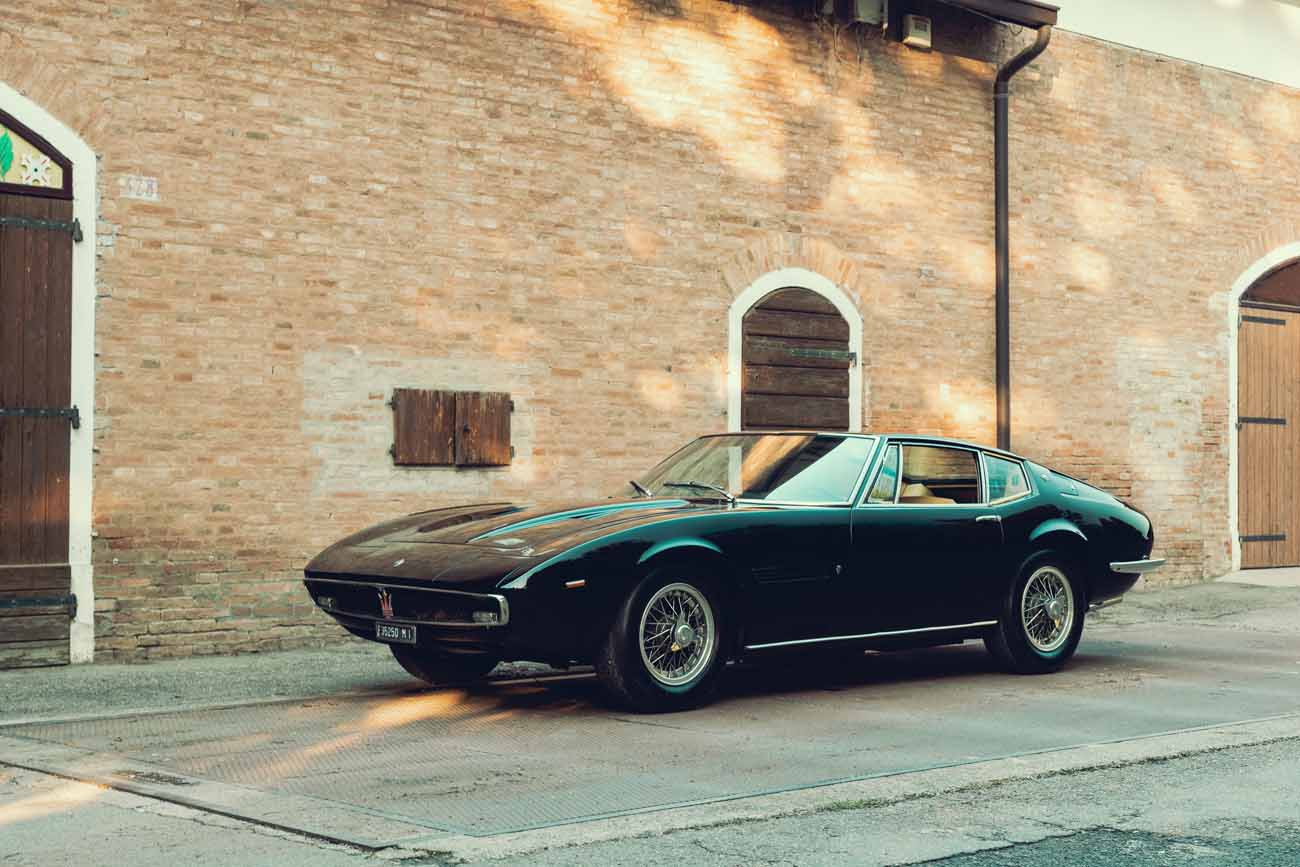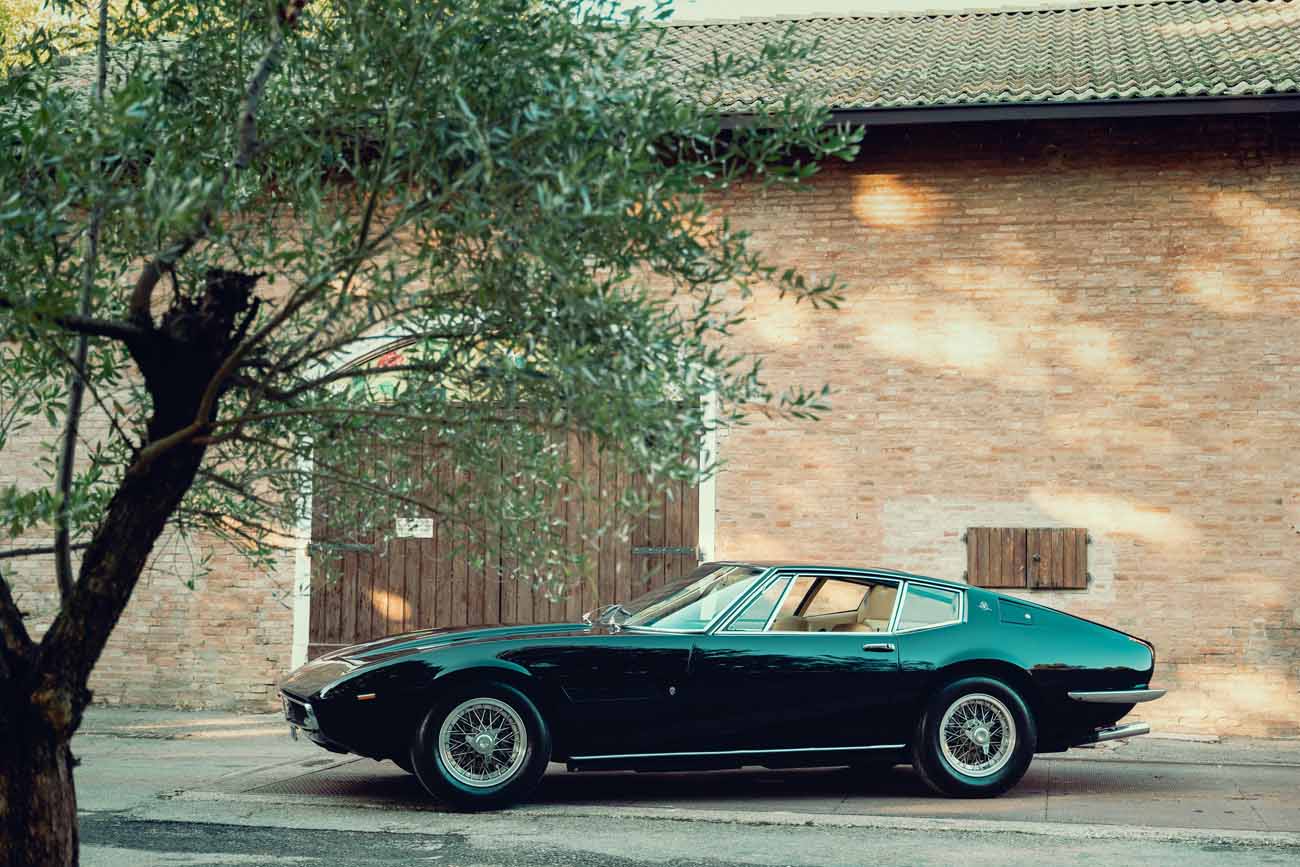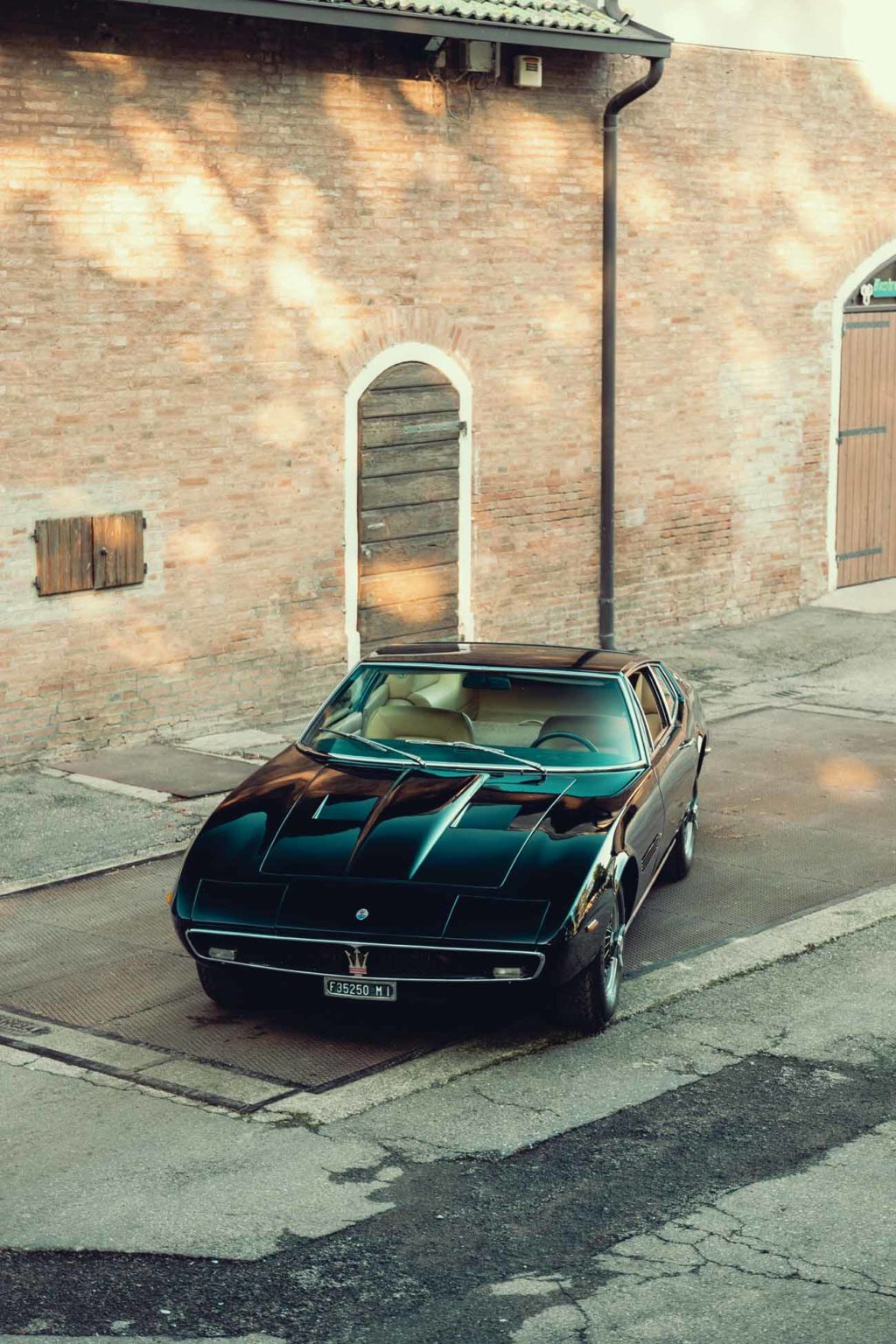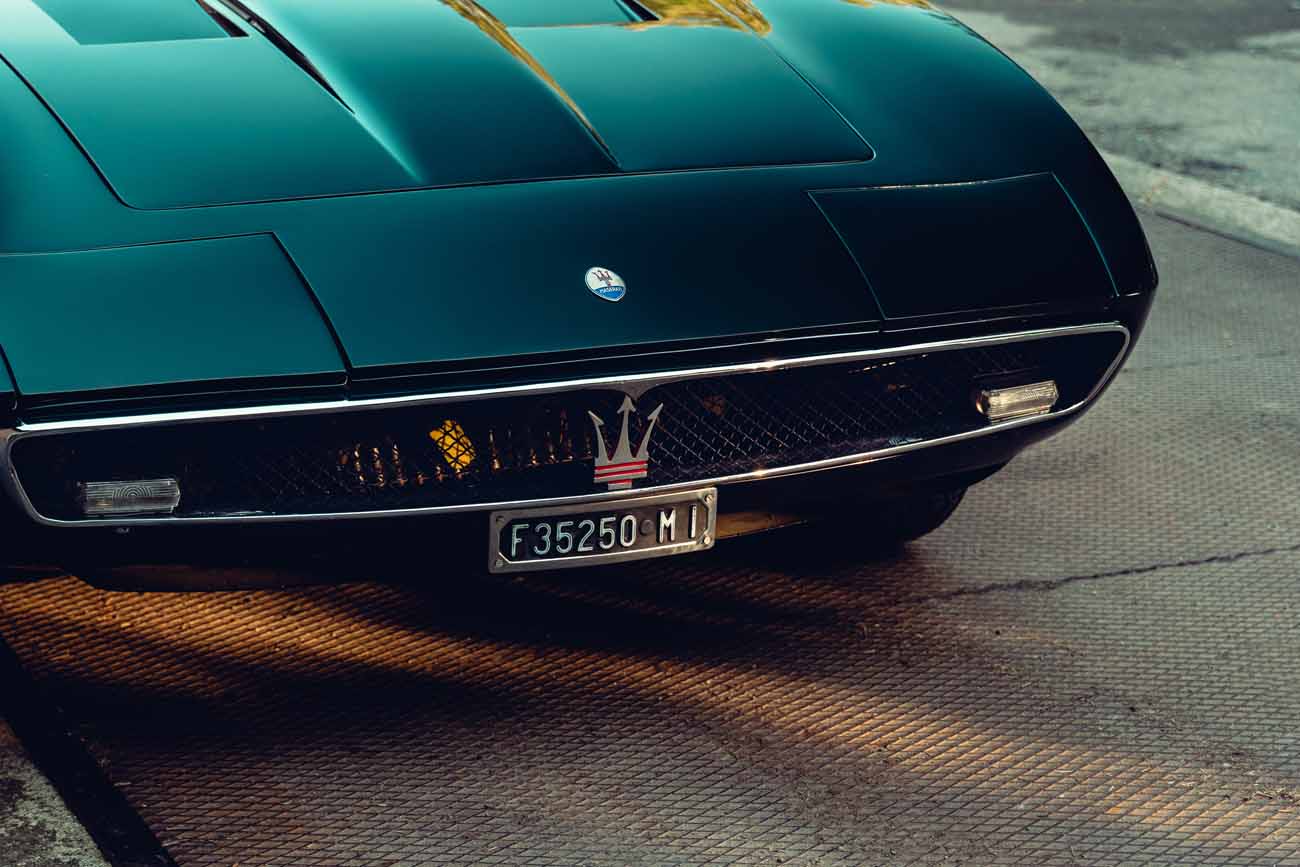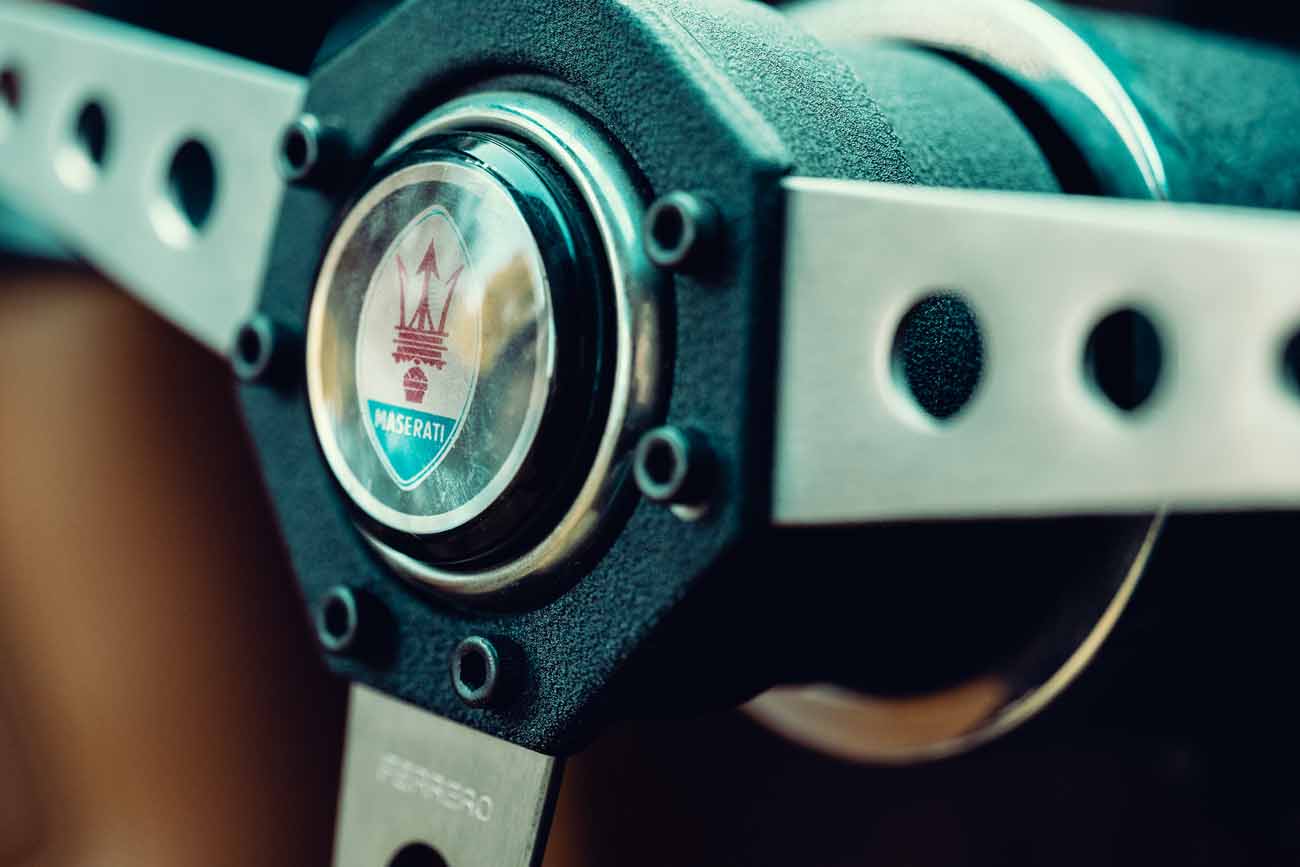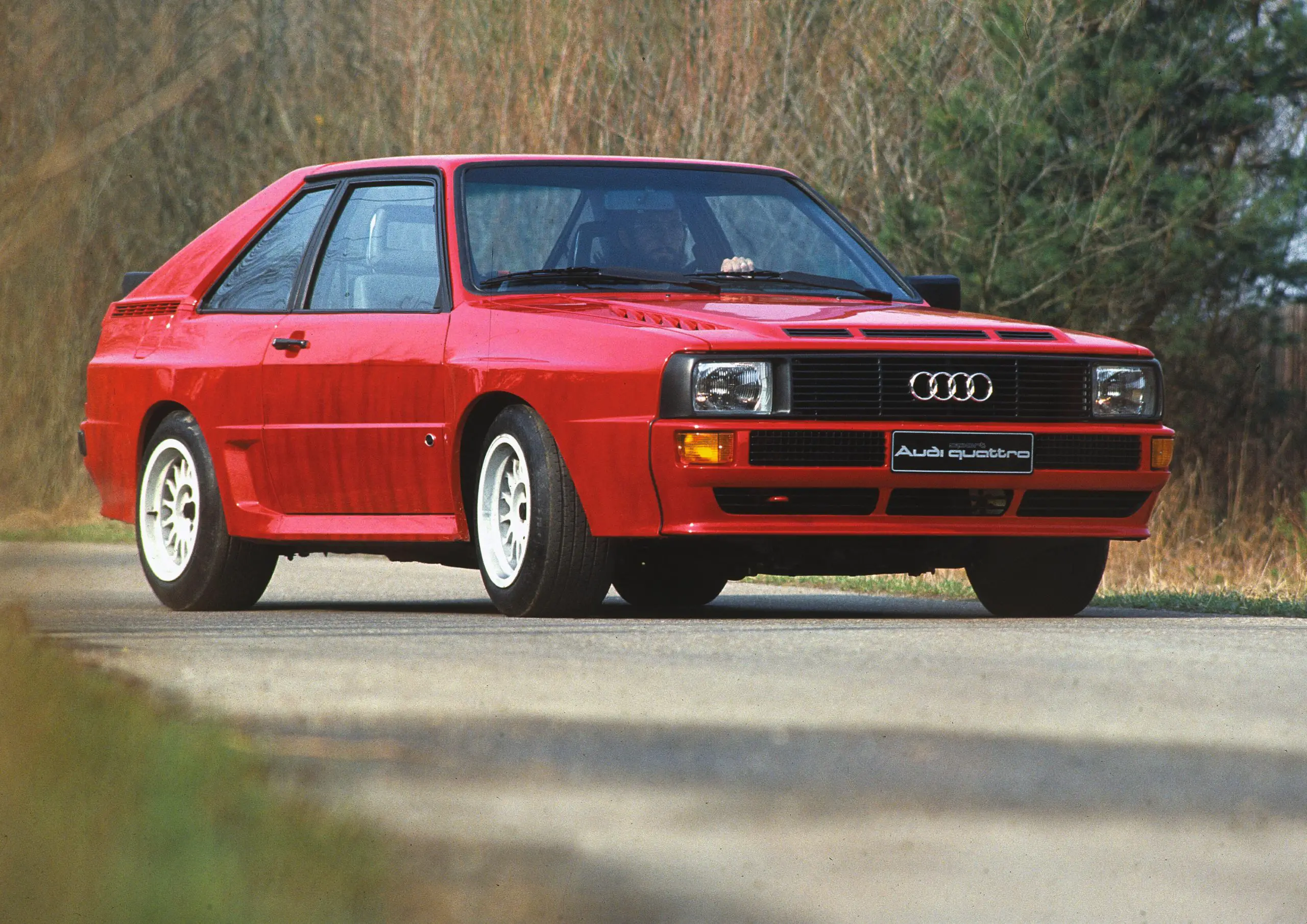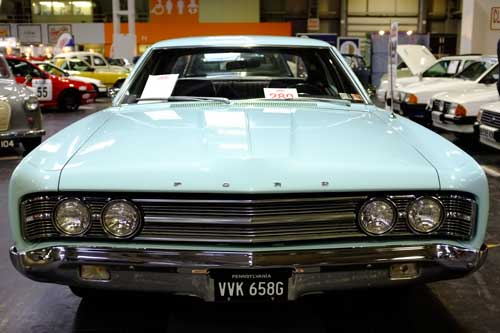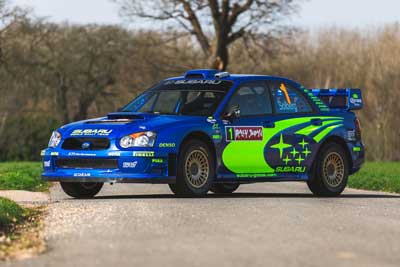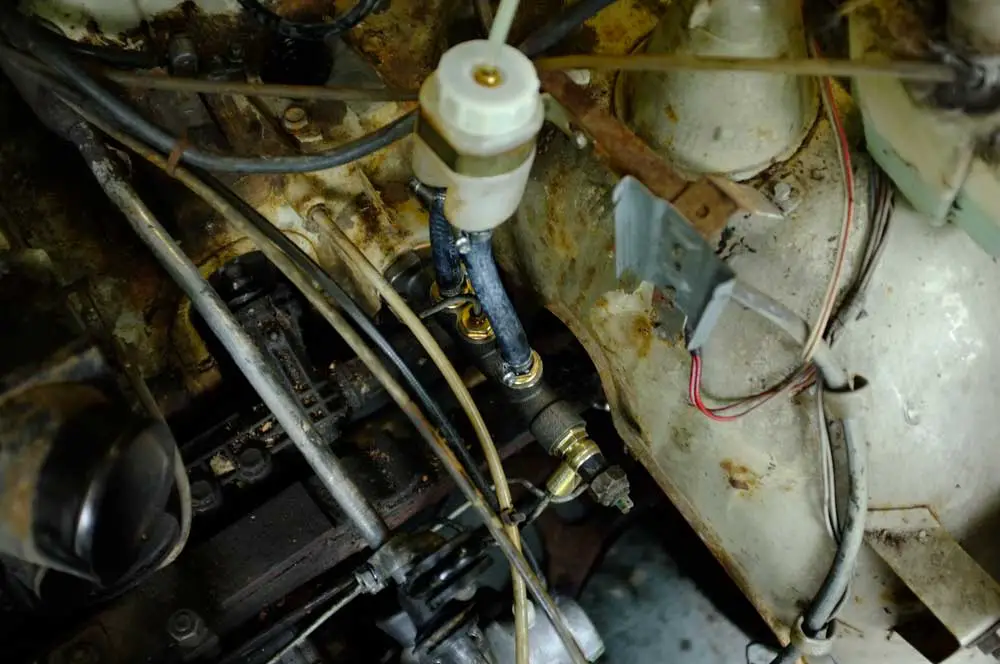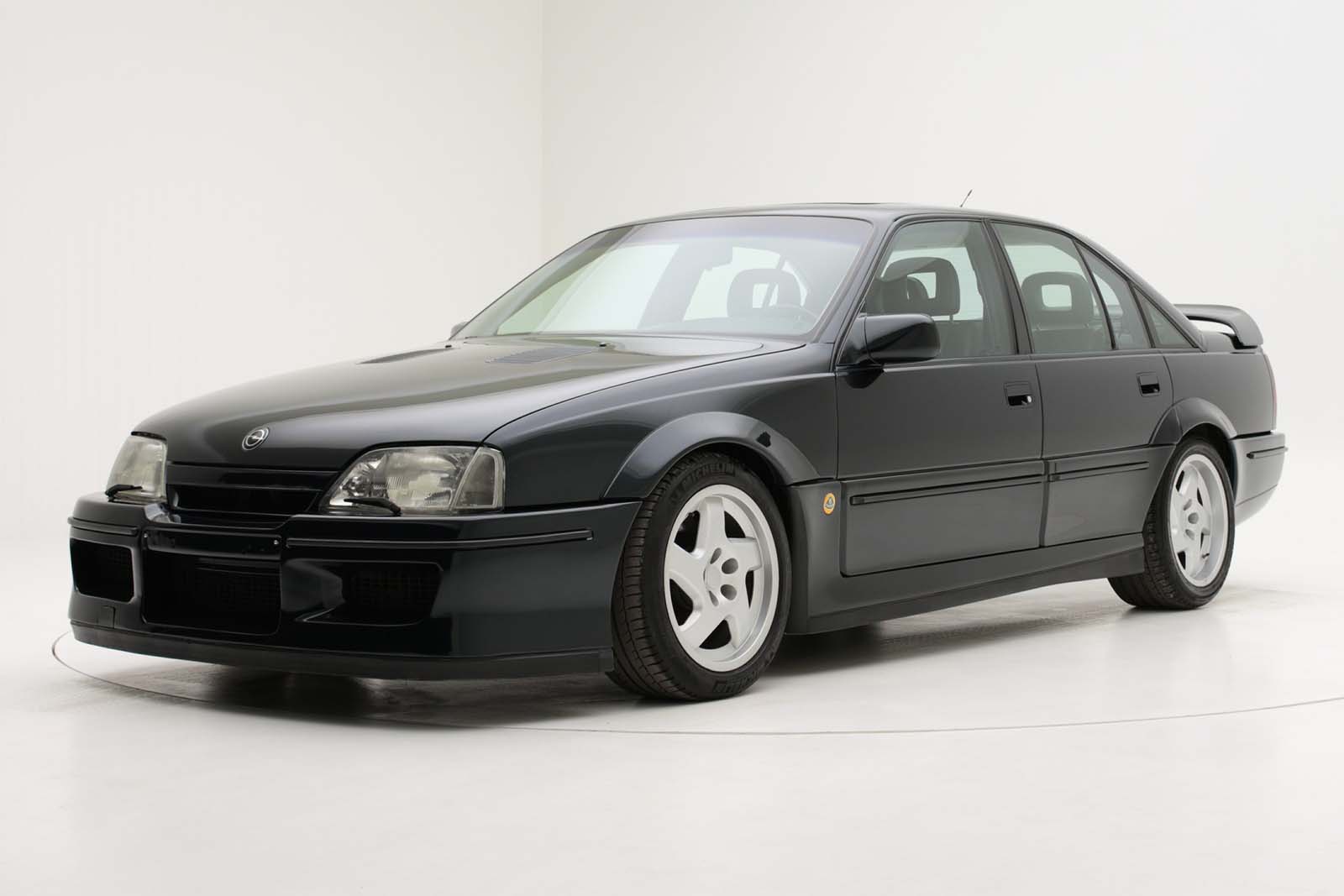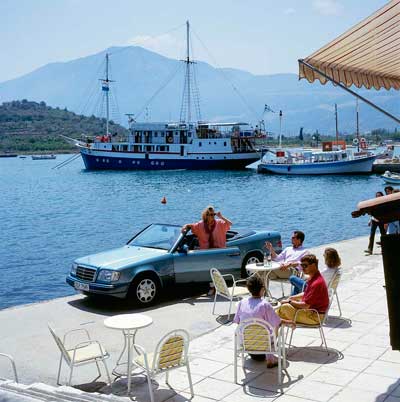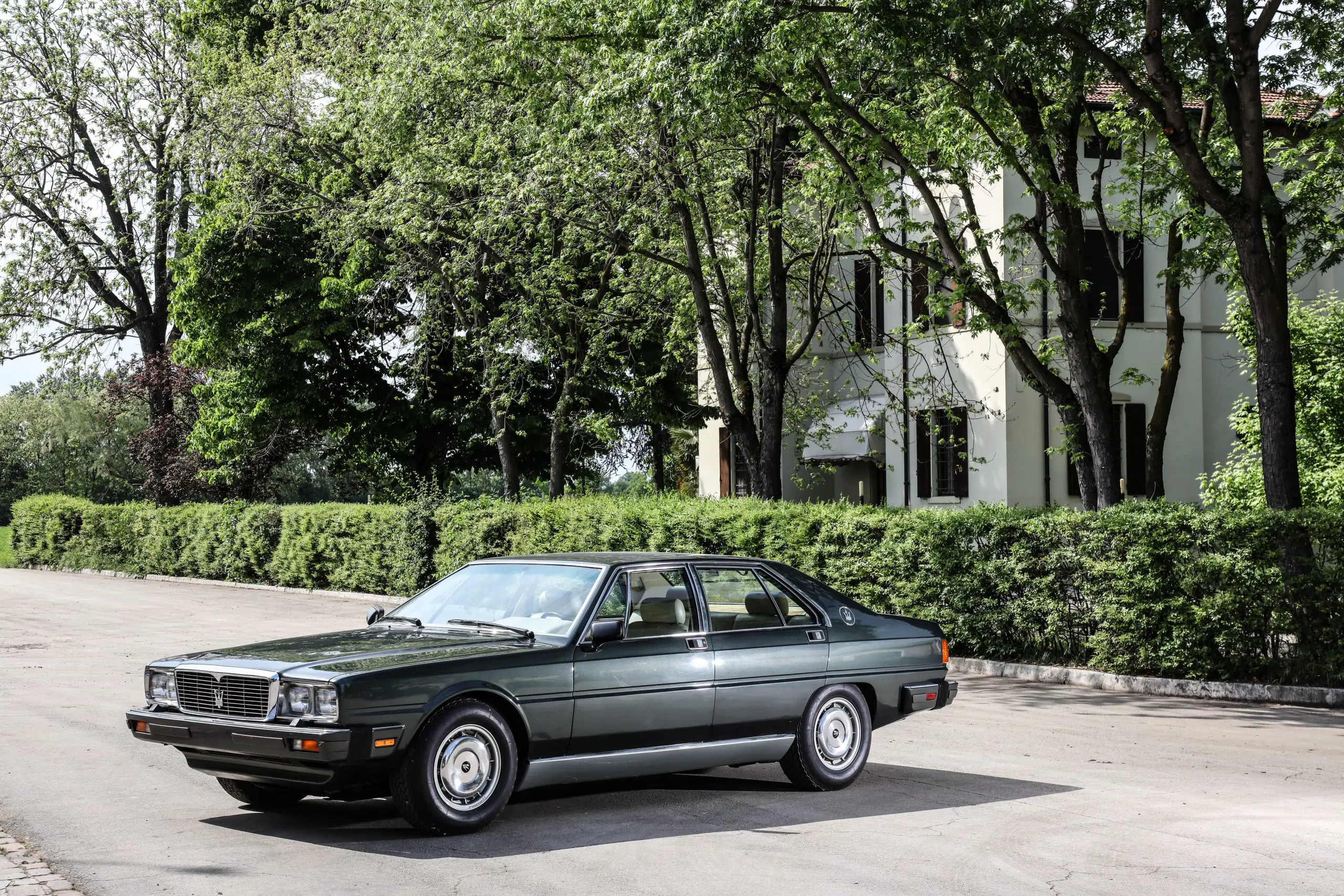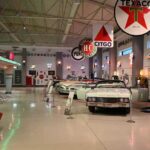
Maserati Ghibli At 55 – A Warm African Wind Blown In From Modena
Maserati have celebrated the 55th anniversary of the Ghibli. First seen on the 3rd of November 1966, the launch on the Ghia stand at the Turin Motor Show, being a new interpretation of a Gran Turismo.
Designed by Giorgetto Giugiaro as a two seater coupé, the name coming from and African wind which is known to be powerful. It also carries a great deal of sand, but the name was chosen on purpose. The speed and warmth of the technical specification and style being the inspiration.
The engine was new, being based on the V8 used in the Mexico, produced 330 hp in its original 4,700 cc guise, later followed by the 4,900 cc version.
With the low profile of the coupé body, the bonnet was low too, partly achieved by the use of a dry sump and also with the body being mounted very low on a tubular chassis. This gives the car its slender appearance and is one of the biggest parts of its appeal.
Maserati approached Ghia to do the design work, Giorgetto Giugiaro was part of the Italian design house and led Maserati in a new direction. For the first time, Maserati deviated from the style of the Ghibli’s predecessors by including volumes. No distinction between the car’s body and the passenger compartment. Neither separate nor overlapping but being joined as a single surface. The lines were geometric, but Giugiaro removed the rough edges leaving a smooth and beautiful shape.
The front was the most obvious stylistic change. Fully retractable headlights and a slim grill with a much smaller Trident badge than before.
The side profile shows the long, low bonnet with the steeply raked windscreen. Proportions are near perfect, without any fussy features or unnecessary decoration. The triangular rear pillar becoming a feature of later models.
The result was a true Gran Turismo car, luxurious, powerful, stylish and yet still comfortable.
After the 3rd of November 1966 unveiling at the Turin Motor Show, the Ghibli launched in 1967. In only one year the interior was restyled and could now be ordered with an automatic transmission as well as the 5 speed manual gearbox.
From 1969 there was a Spyder versions, which could be fitted with a hard top.
Another year later both models now had a 4,900 cc engine, models equipped with the new motor had Ghibli SS badges.
Between 1967 and 1972 there were 128 of the Ghibli Spyder produced and over 1200 Ghibli Coupés. Famously one was bought by the grandson of Henry Ford and was displayed in the lobby of the Ford Product Development Centre in Detroit, providing inspirational and setting an example to be followed.
The Ghibli returned in 1992 as a coupe based on the long running BiTurbo model and ended in 1998. Styled by Marcello Gandini, this attractive coupe made its way into a one make race series, which by the time it ended the cars were putting in lap times similar to that of Ferrari’s 355 Challenge cars. Impressive.
In 2013 Maserati brough the Ghibli name back again, this time in an executive saloon primarily aimed at taking customers away from BMW and their 5 series.
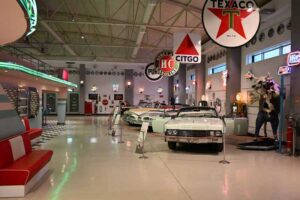
Ural Ataman Classic Car Museum – Istanbul, Turkey
This has to be one of the nicest private collections I have seen, the Ural Ataman Museum in Istanbul, turkey has not only a wide

Tbilisi AutoMuseum Car Museum – Georgia
You may not have heard of this, but the small car museum in Tbilisi Georgia really has quite a lot to see. Buried in an
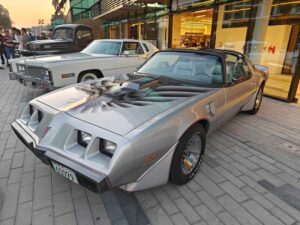
Bahrain Bike Week Classic Car Show December 2024
Bahrain Bike Week is the biggest event of its kind in the Middle East and the 2024 one was no exception. It’s not just the
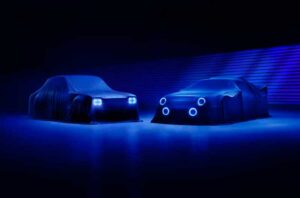
Ford Motor Company Bring Back Group 5 Mk1 Escort & Group B RS200 With The Help Of Boreham Motorworks
Ford have granted a licence to Boreham Motorworks, a division of the DVRN Automotive Group, to produce new versions of not just the Mk1 Escort
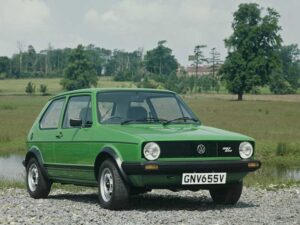
The VW Golf At 50 Years Old
Europe’s number 1 selling car the VW Golf has reached 50 years old this year, starting production on the 29th of March 1974. In
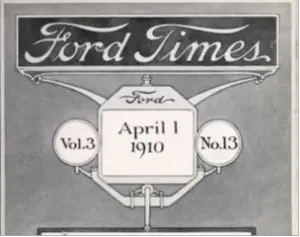
Ford’s Heritage Vault Makes The Ford Times Magazine Available To The Public
Ford’s expansion through the early 20th century was something to behold, the rapid growth of the company and the success of the Model T led
